Recommended Routes
Ise, the spiritual home of the Japanese people (Ise City, Mie Prefecture)
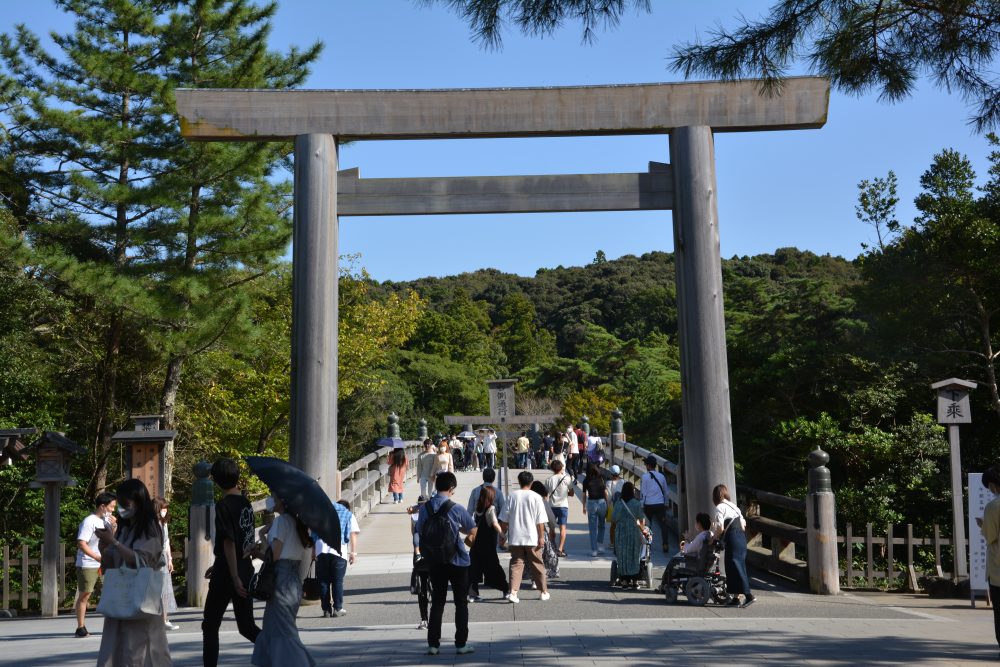
Ise is known both as a place of worship and a holiday destination. Traditions from long ago continue strongly in this spiritual enclave, while entertainment abounds at every twist and turn. As the end of the Ise-kaido Byway, Ise-jingu Shrine, which in its vastness covers one-third of the entire city, has been long revered and admired by the commoner.
Video
Ise Jingu Shrine, following the ancient route of worship!
From Futami Okitama Shrine, famous for its married couple rocks. For some reason, the shrine grounds are filled with frogs! Guided by a mysterious ladle, the journey to Ise continues. At the Shikinen Sengu-kan (memorial hall for the relocation of the shrine) in the Geku (outer shrine), we learn about the history and background of the Ise Jingu Shrine. What did the two travelers think and feel? Finally, we will visit Ise Jingu Shrine.
Access
◇How to get there by train or rental bicycle
Kintetsu Osaka Namba = (Train) = Kintetsu/JR Ise-shi Station
Ise-shi Station - Outer Shrine, Ise Jingu - (Ise-shi Station Luggage Deposit Box / Rental Bike) - Jingu Chokokan, Agricultural Museum, Art Museum - Annex, Ise Jingu Annex, Wakahime Shrine - Furuichi Asayoshi Ryokan - Annex, Ise Jingu Annex, Tsukiyomiya Shrine - Sarutahiko Shrine - Inner Shrine, Ise Jingu - Oharaimachi, Okage Yokocho - Kintetsu Railway / JR Ise Station
◇How to get there from Osaka by car
Osaka - Hanshin Expressway, Meishin Expressway, Shin Meishin Expressway, Higashi-Meihan Expressway, Ise Expressway = Ise (in front of Sotogu Shrine)
Route
- Kintetsu/JR Ise stationon foot
- Sengu Museumon foot
- Ise Shrine Gekuby bicycle
- Jingu Museumby bicycle
- Ise Shrine Naikuon foot
- Okage Side Streetsby bicycle
- Furuichi, Asakichi Ryokan innby bicycle
- Kintetsu/JR Ise station
Highlights
-
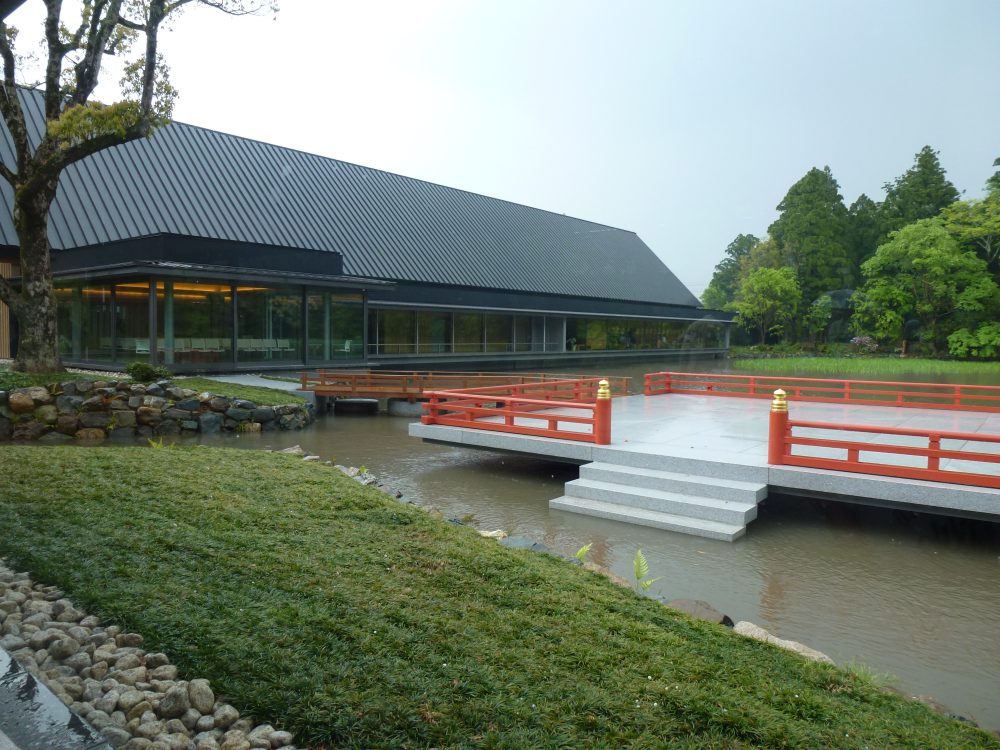
Sengu Museum
Sengukan is a museum that introduces the events of the Shikinen Sengu (reconstruction of the main shrine every 20 years) at Ise Jingu.
Exhibits include an overview of the festivals held at Ise Jingu, including Shikinen Sengu, a full-scale model of the main hall where the gods are enshrined, and production process materials for the items of God’s furnishings. -
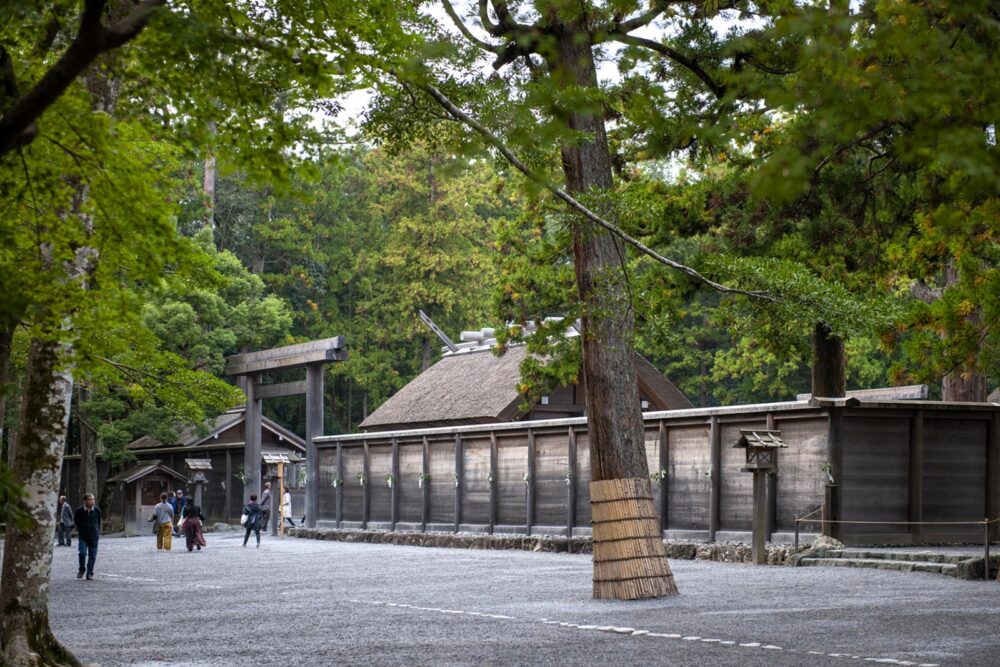
Ise Shrine Geku
Official name of this shrine is Toyo'uke-daijingu and here, Toyo'uke-no-Omikami is enshrined.
This Kami (Diety or God) is a provider of sacred food to Amaterasu-Omikami twice a day and blesses us with abundant harvests and is the guardian of well-being, providing three essentials of human life: cloth, food, and shelter. -
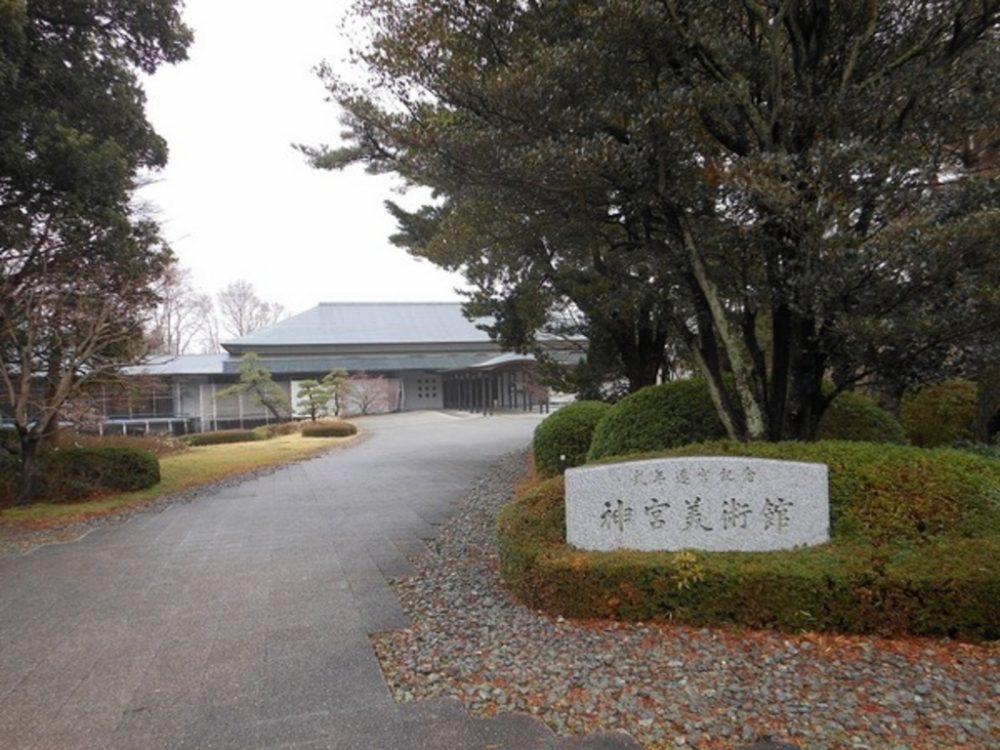
Jingu Museum
Jingu Museum was built in 1993 as a Japanese-style museum that represents the modern age.
In this museum, works dedicated to the Ise Jingu Shrine by artists who represent Japan, such as recipients of the Order of Culture, Persons of Cultural Merit, and Living National Treasures, are stored and exhibited. There are four main buildings surrounding the courtyard, connected by corridors, and you can see the courtyard from each building. -

Ise Shrine Naiku
Official name of this shrine is Kotaijingu and it is dedicated to Amaterasu-Omikami, the ancestral kami (Shinto deity) of the Imperial family.
Official name of Ise Jingu, is called “Jingu”, centered around Kotaijingu (Naiku), and Toyo'uke-daijingu (Geku).
There are altogether 125 jinja(shinto shrine) in Jingu.
The Ise faith, which is worshiped as a guardian deity of the nation, spread throughout the country from the end of the Heian period. -
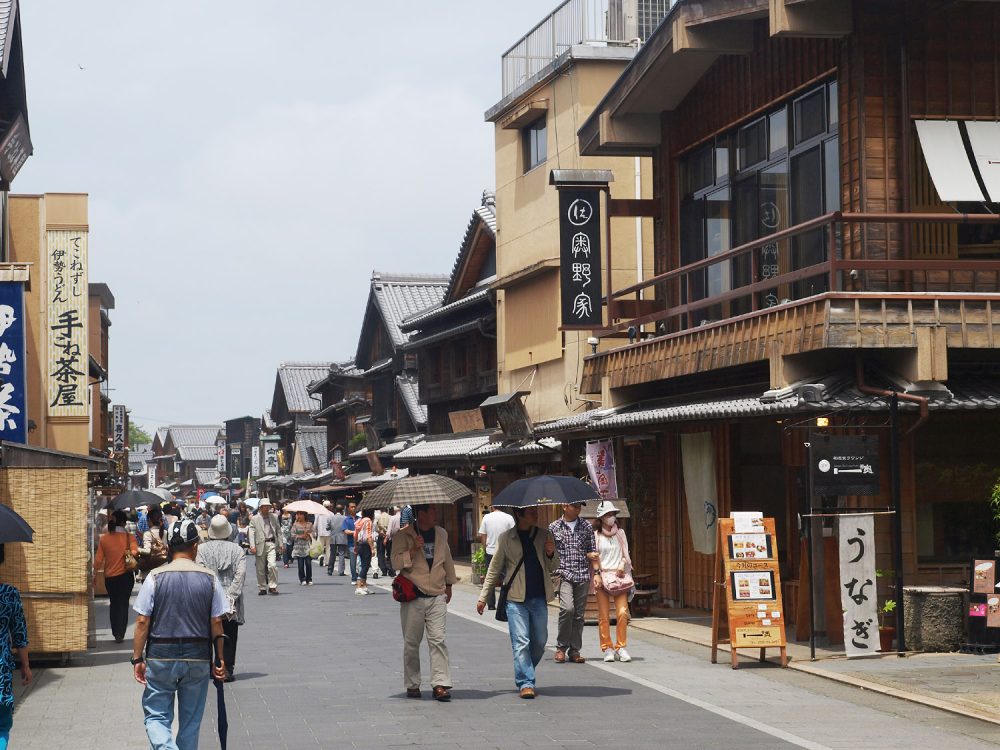
Okage Side Streets
Okage Yokocho reproduces the streets of the Edo period and the bustle of Sangu.
“During the Edo period (17–19th century), one out of five people made pilgrimage to the Ise, saying, ‘I want to see Ise at least once in my life.
The Okage Yokocho was opened in 1993. There are buildings from the Edo to Meiji periods that have been relocated or recreated, and stores are selling Mie prefecture’s long-established flavors and specialty products.
-

Furuichi, Asakichi Ryokan inn
Furuichi, located between the naiku and geku Shrines, was the place where men who visited Ise enjoyed themselves during the Edo period. Furuichi was one of the five major pleasure quarters, along with Yoshiwara in Edo, Shimabara in Kyoto, Shinmachi in Osaka, and Maruyama in Nagasaki, and was crowded nightly with many people.
Although the area gradually lost its liveliness from the latter half of the Edo period, a vestige of those days can be seen at the Asakichi Ryokan, a wooden inn built on a steep slope and built in the kakezukuri style.
